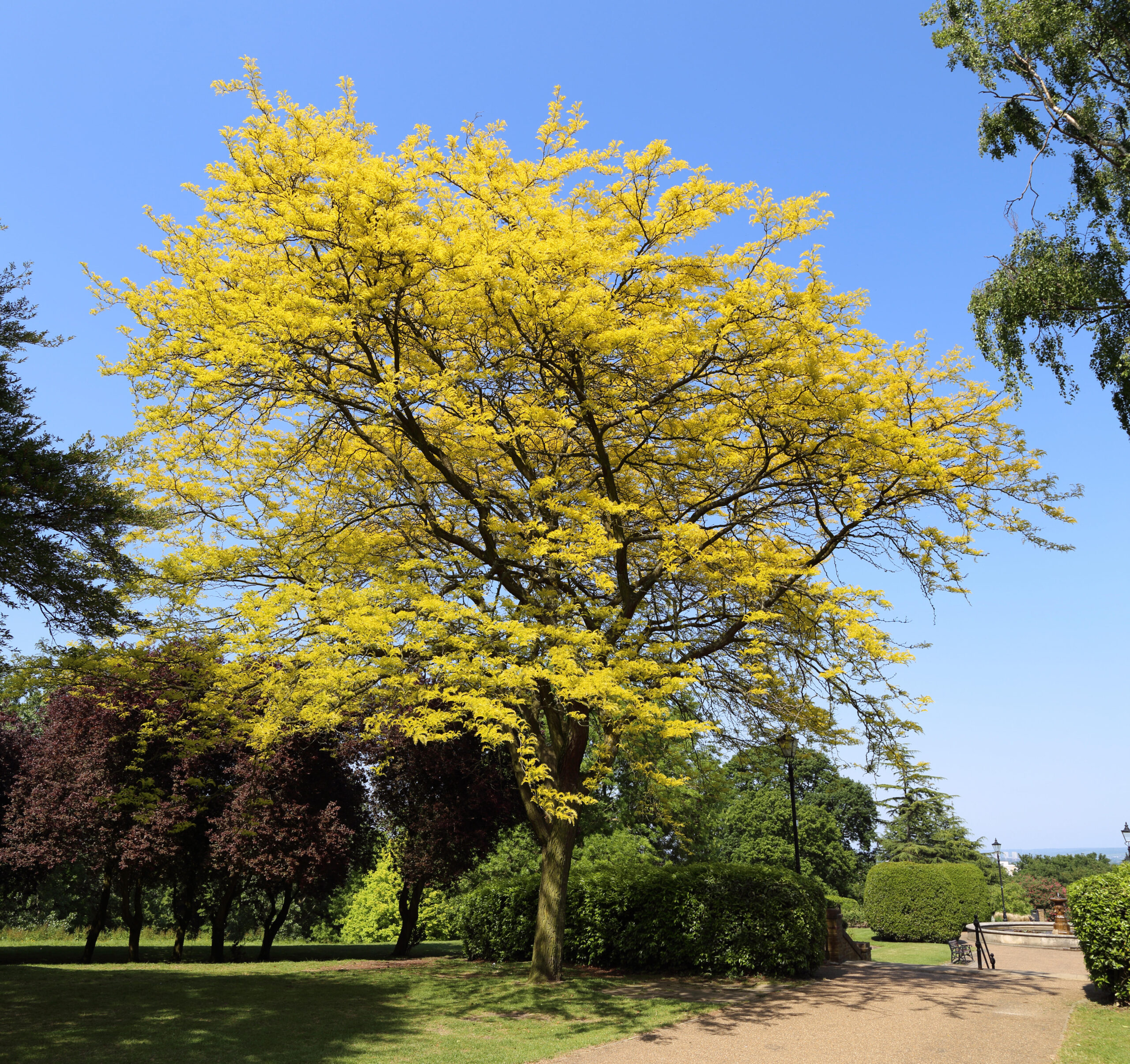Stephen Middleton from the Friends of Alexandra Park introduces us to his selection for March’s Tree of the Month…
This month we wander through a shimmering tunnel of white blossoms of our native Wild Cherry (Prunus avium). Also known as the Gean, our trees can be found near the reservoir just to north of the southernmost viewing platform here.
The flowers appear just before the first leaves. Bees appreciate the flowers as much as we do and are the main pollinators. Later on in the year the cherry fruits develop and are rapidly eaten by both birds and rodents before we get a chance. The birds are probably the major spreaders of the cherry.
Evidence has been found that cherries were eaten by humans as far back as the bronze age. Ordinary wild cherries are edible, but can often be quite bitter to the taste. Don’t be tempted to try the leaves as both leaves and pips contain poisons related to cyanide.
The first thing that you might notice about a wild cherry leaf is that it is serrated (jagged). Look closer and you will see two very small swellings on the stalk by the base of the leaf. These are extrafloral nectaries which are believed to provide a little nectar for ants to encourage them to protect the leaves from hungry caterpillars.
The gean is native over a large span of Eurasia from the western himalayas through to north Africa and the UK. Cherries can grow up to 20m high and will readily sucker from their roots even producing further full size trees.

Live fast, die young. Cherries grow quickly, but produce their best crop of fruit only after about 25 years and they will usually die before their 60th birthday.
Apart from its fruit, cherries are most commonly identified by their horizontally lined bark. The wild cherry often produces a protective resin-like gum on the trunk or on a branch at the site of a wound. This gum has in the past been chewed, used to treat coughs and mixed with wine to produce a drink that was believed to cure kidney stones and gout.
Cherry wood is of an excellent quality and is used for making furniture, musical instruments and pipes. Sherlock Holmes smoked a long cherry-wood pipe in “The Adventure of the Copper Beeches”.
There are plenty of cultivated cherries around the park of different colours and forms with some of the best to be seen right now from the terrace of the Palace.






